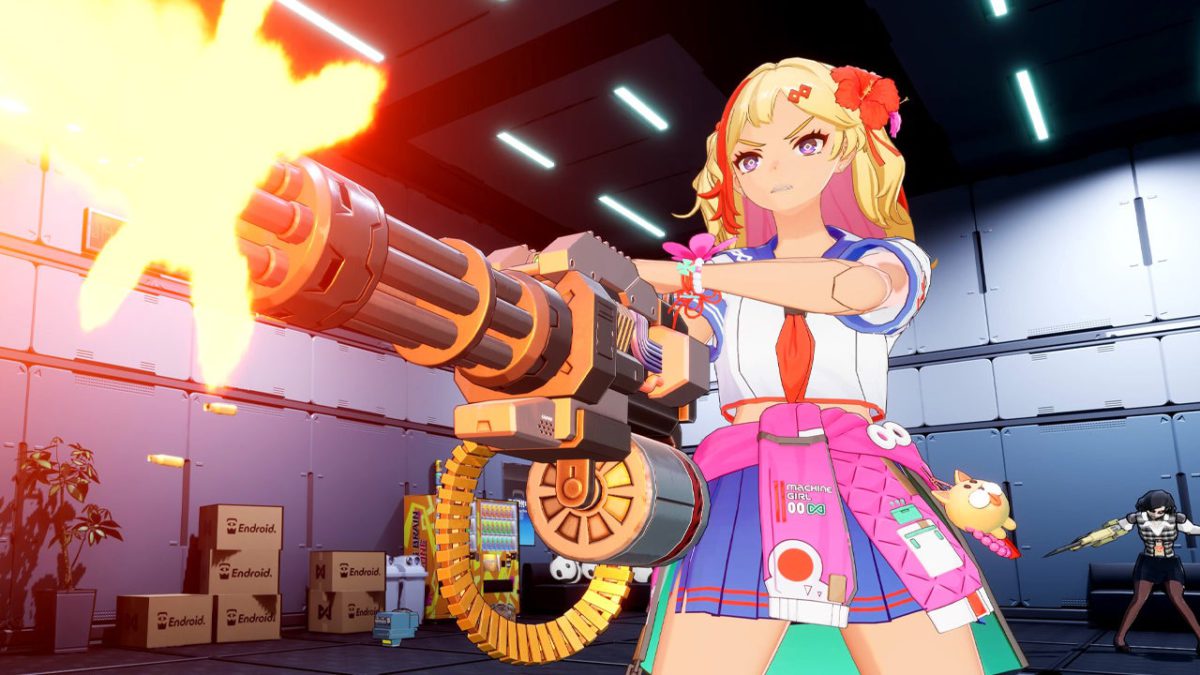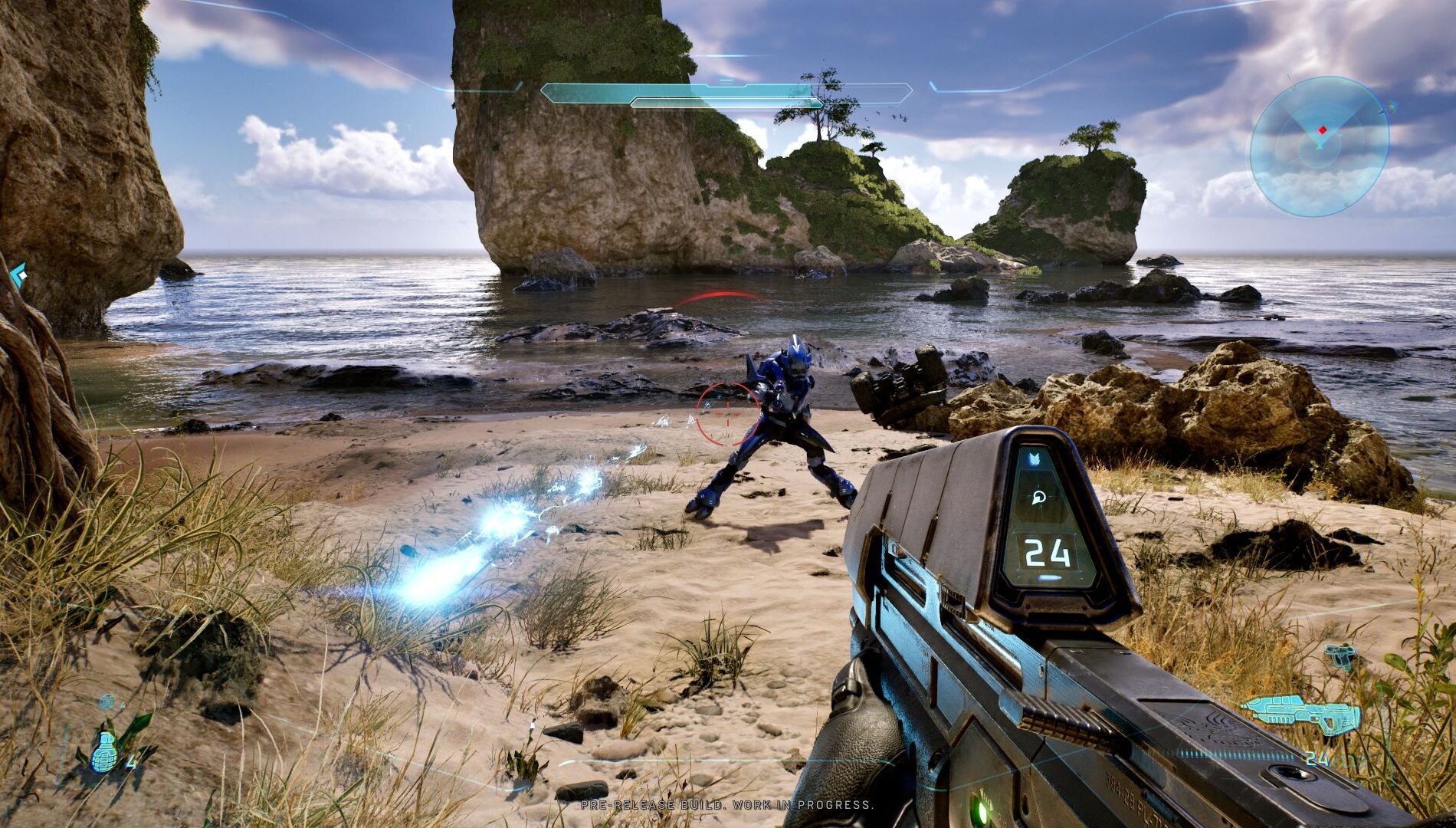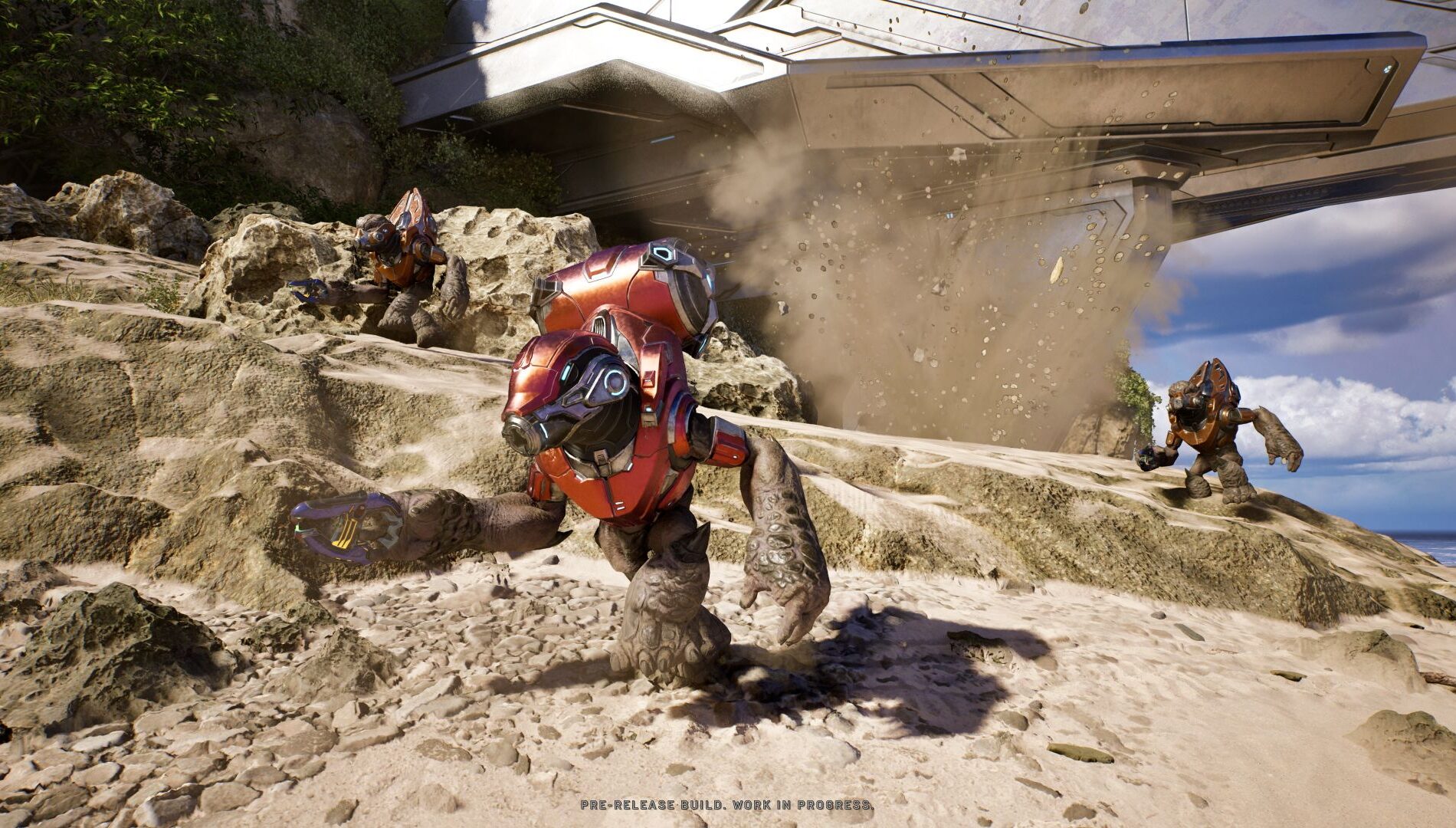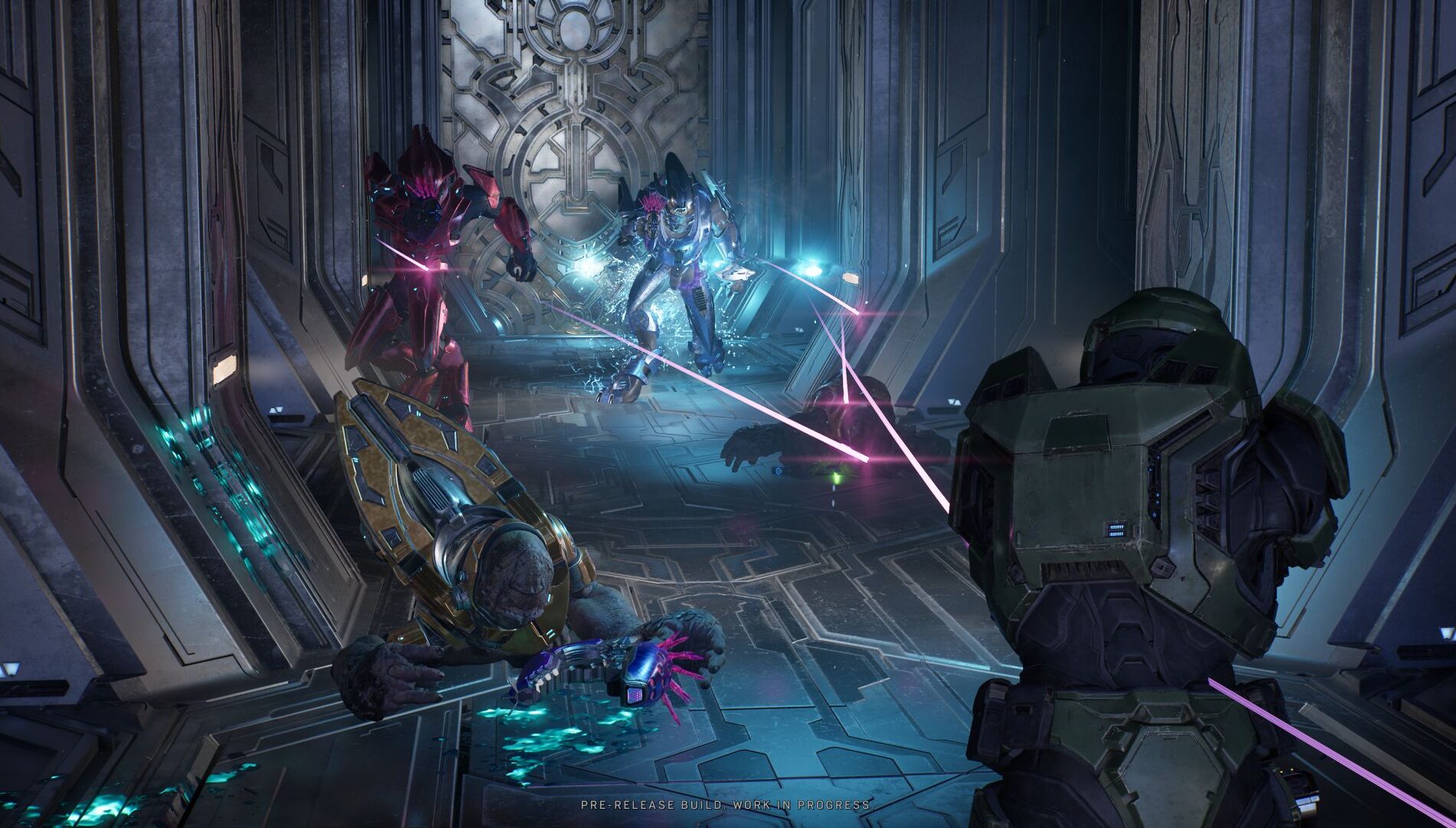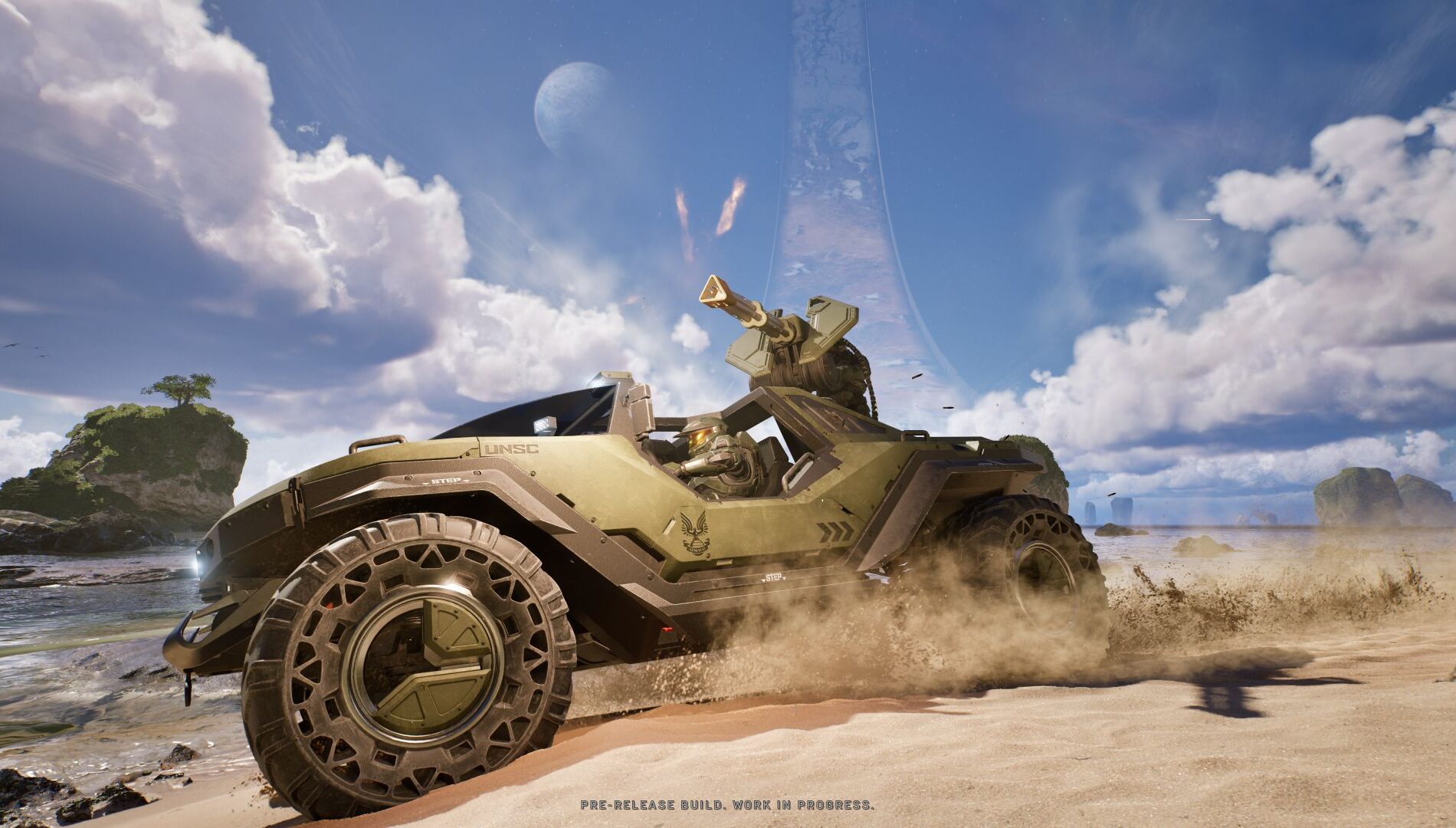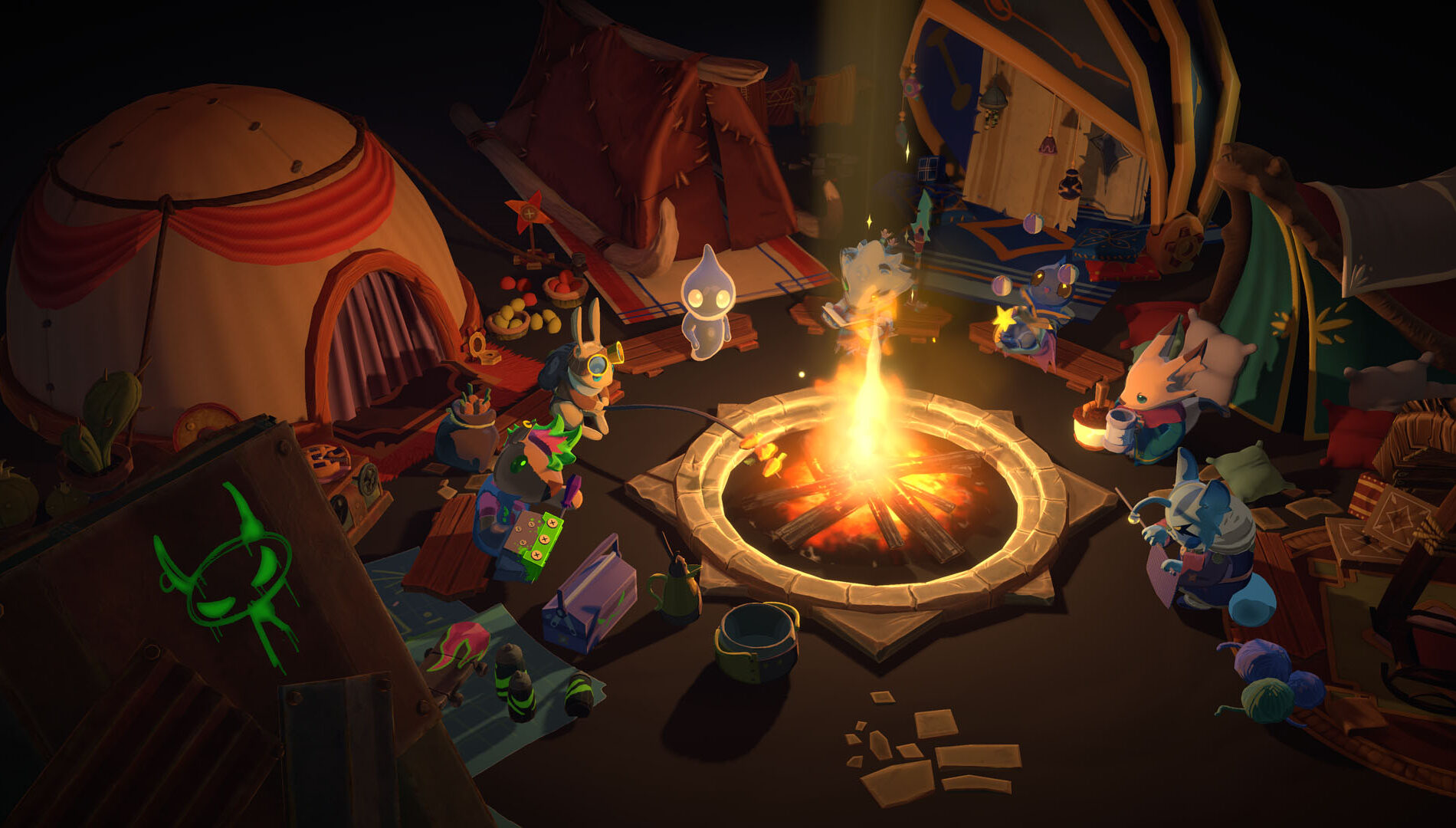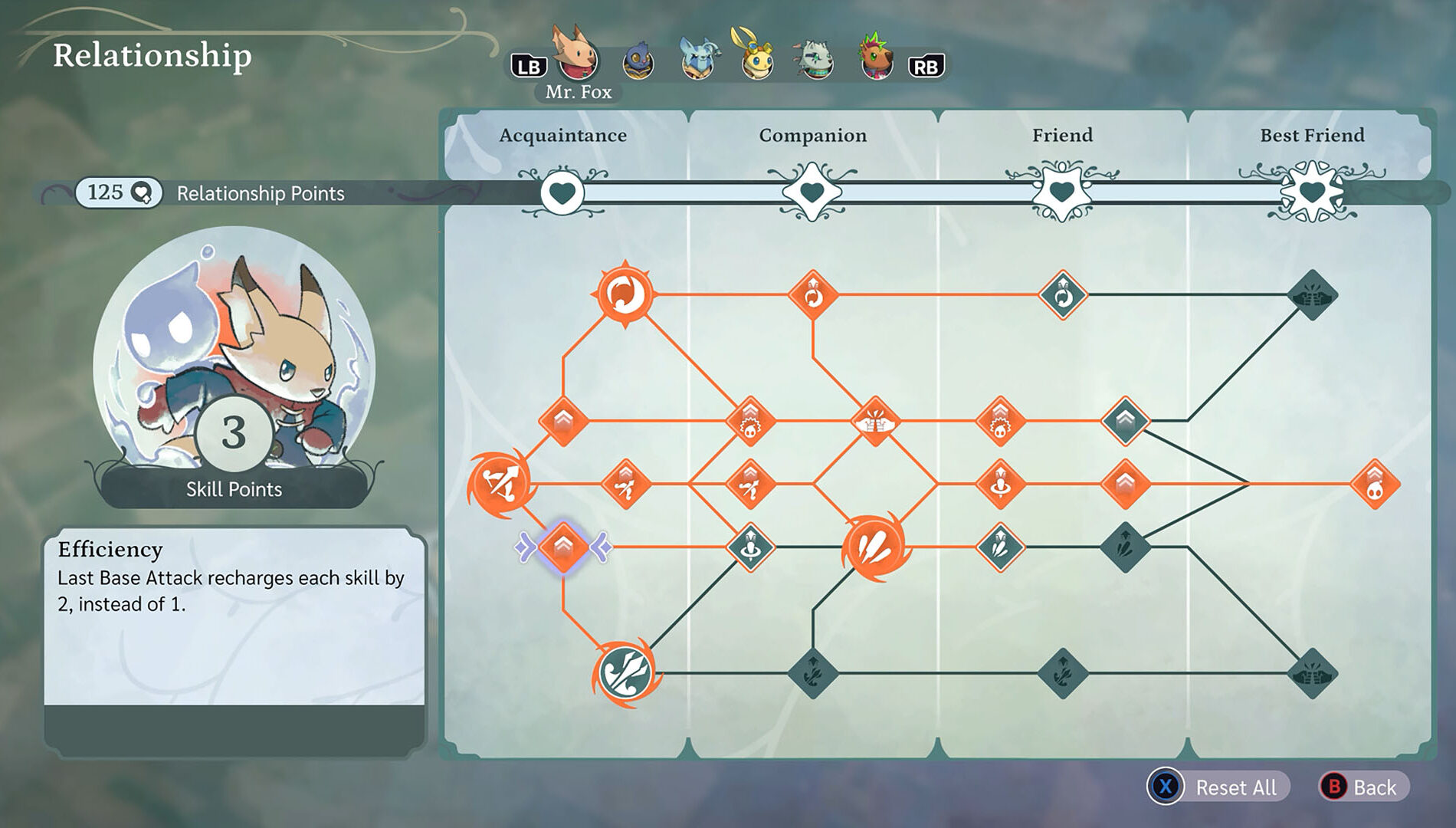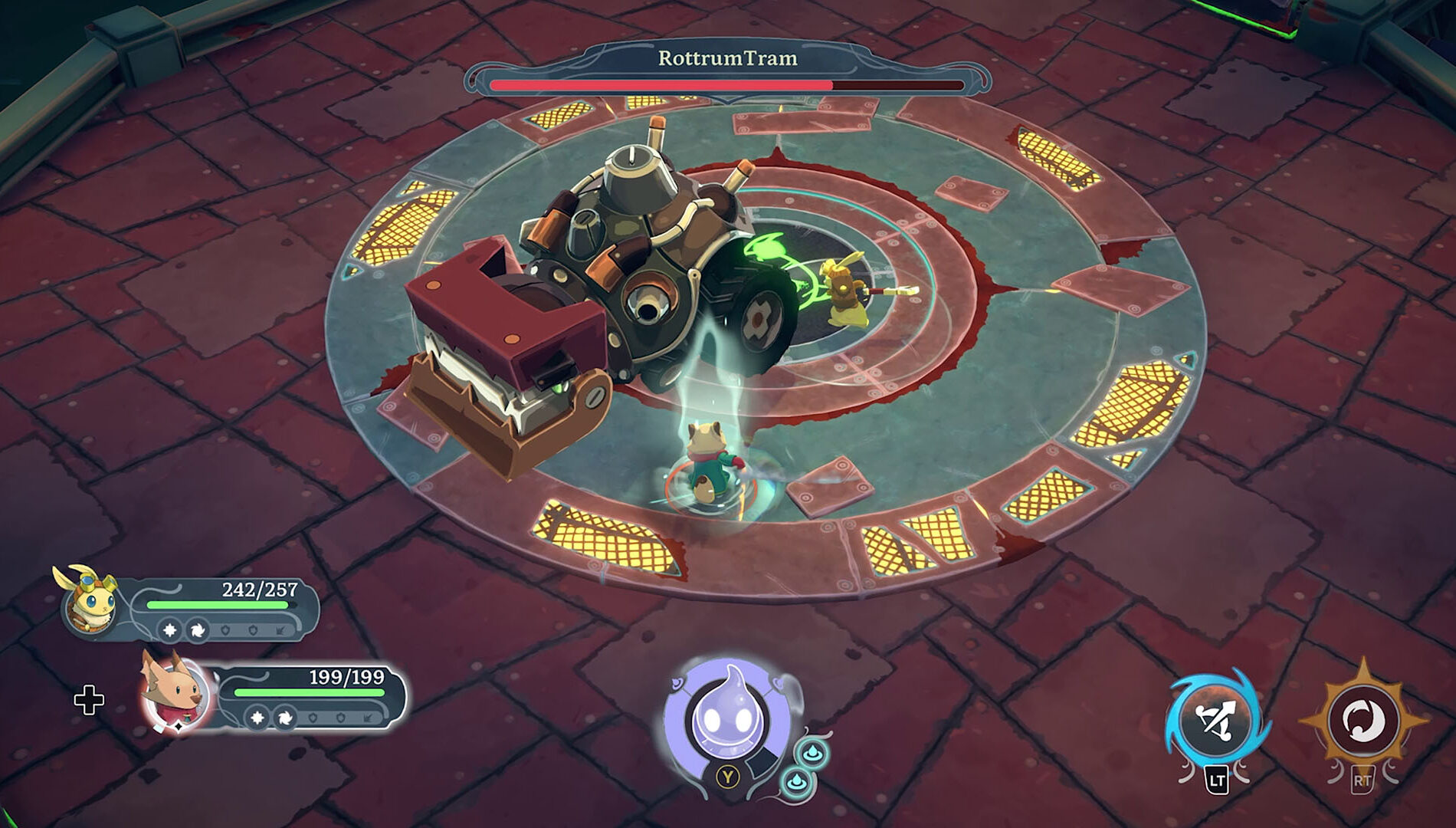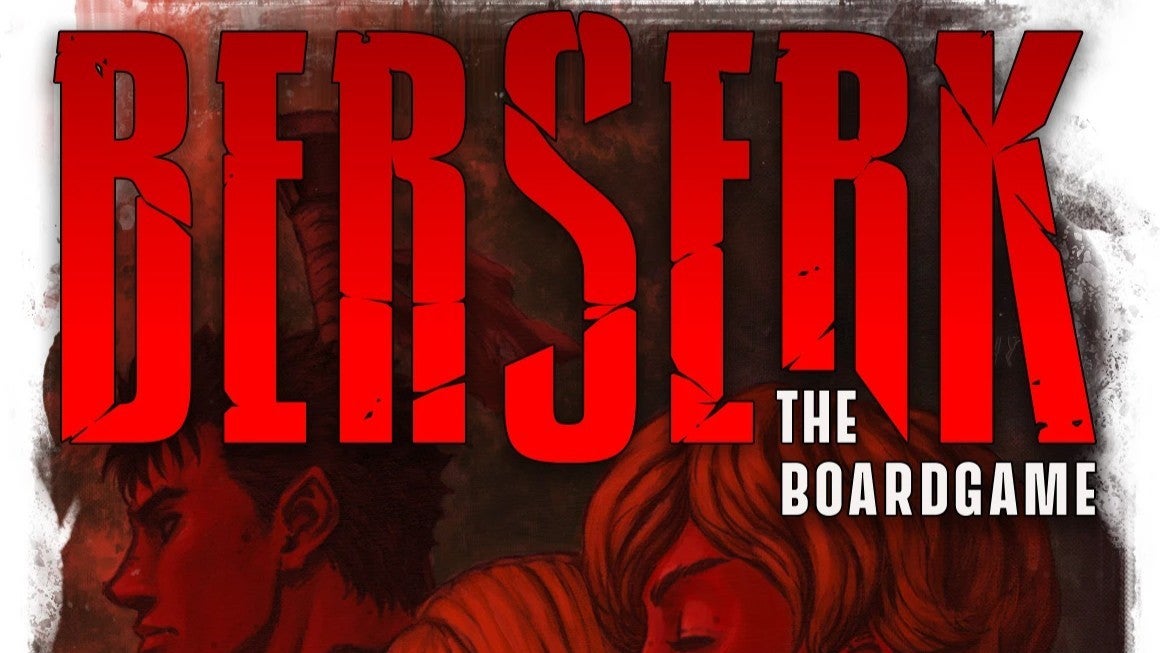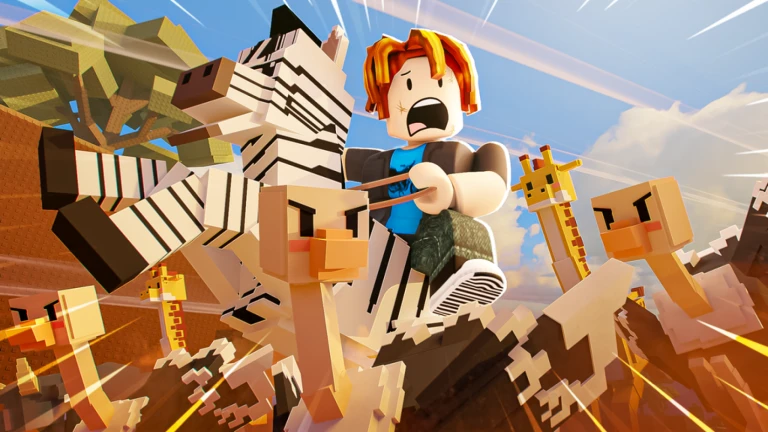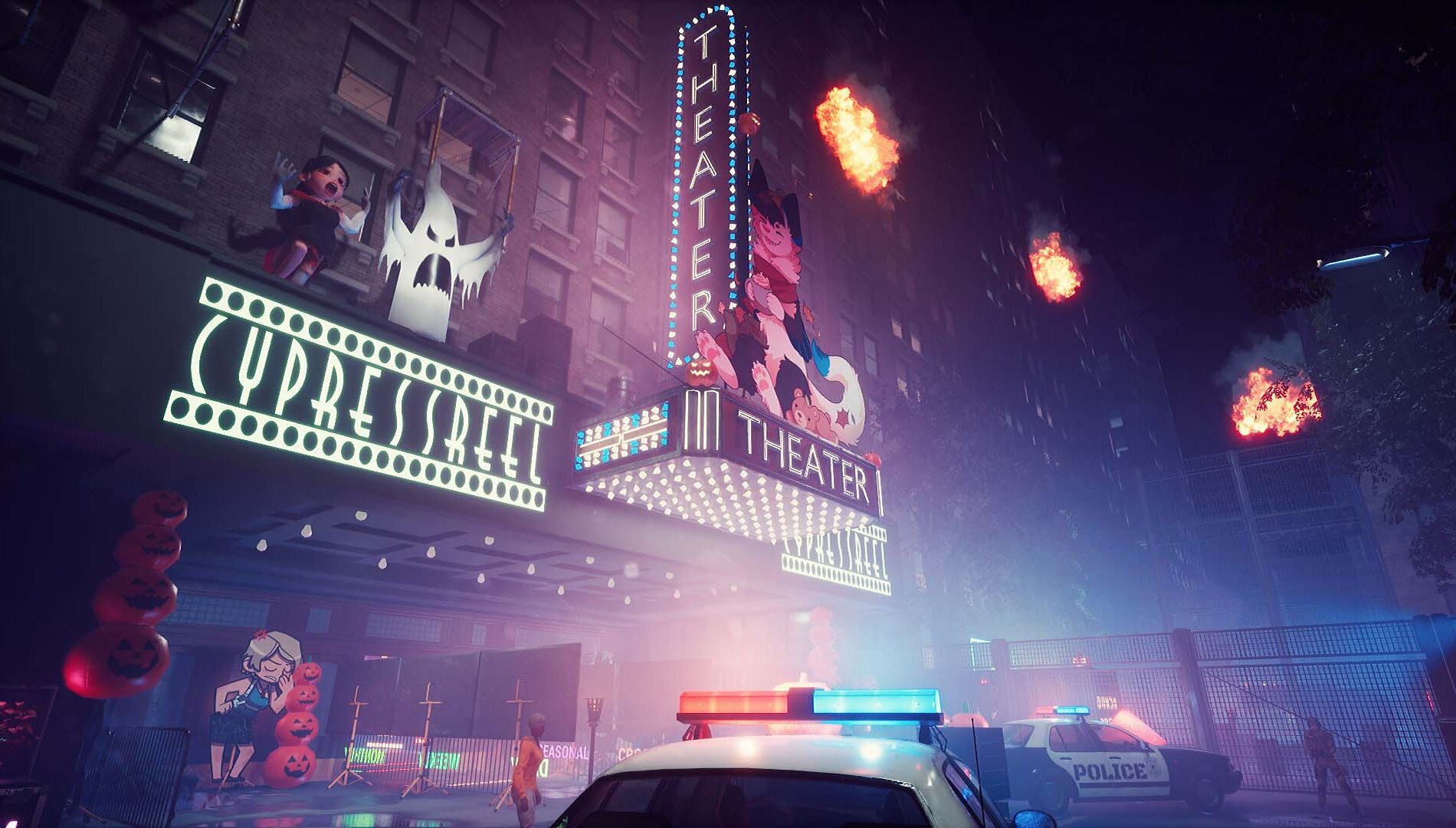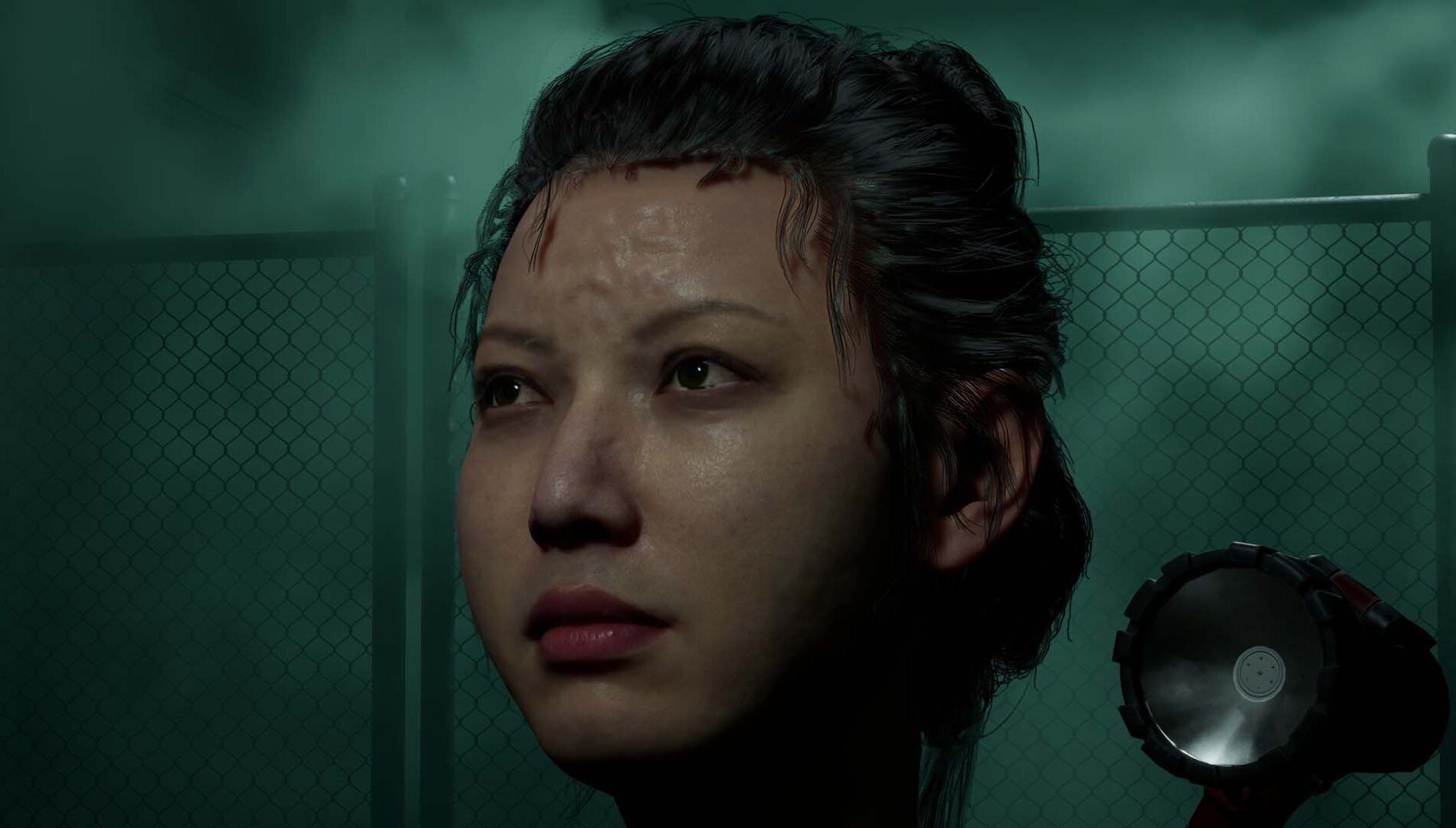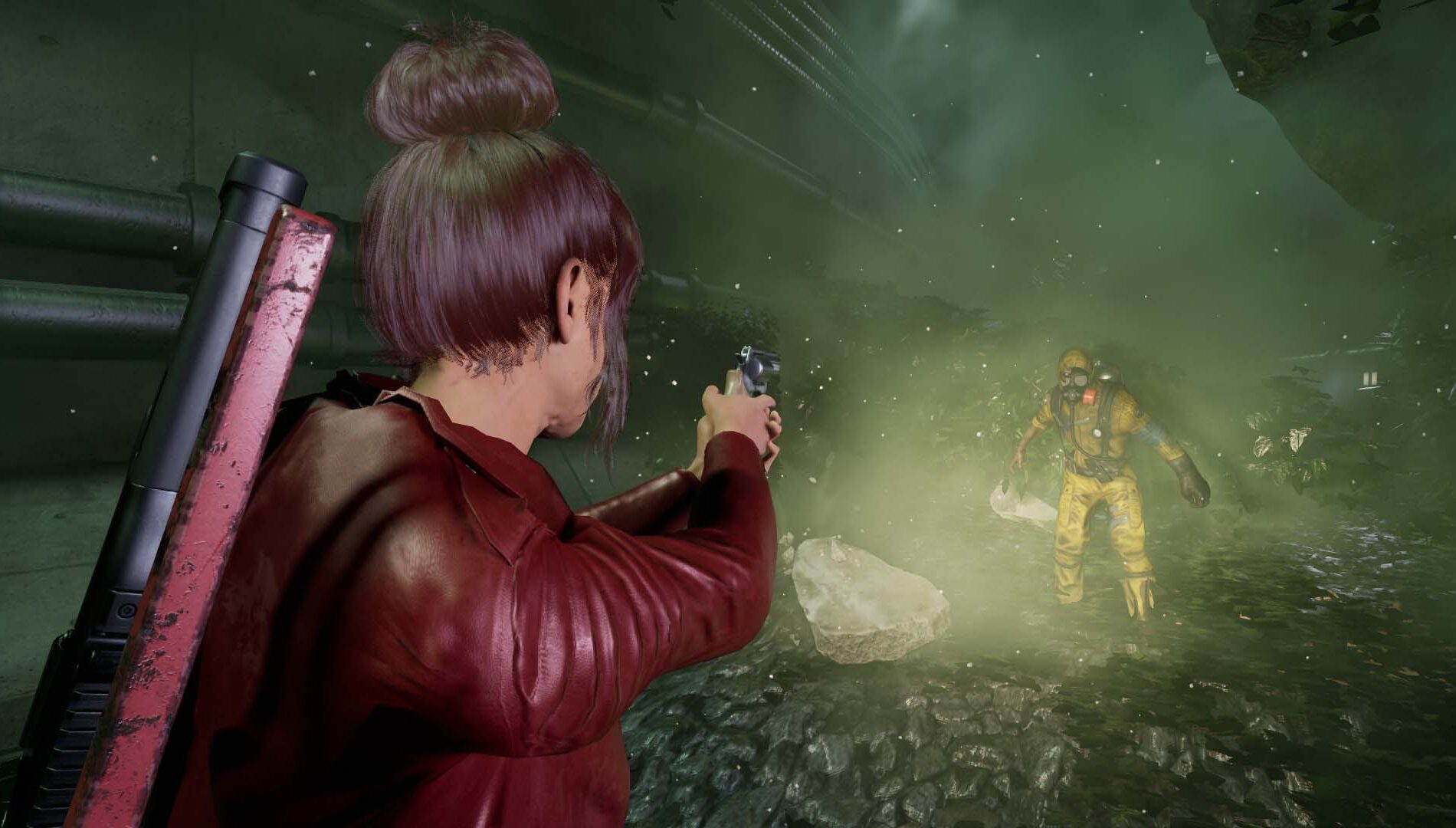
First impressions matter, right? Full Metal Schoolgirl throws you into its third-person shooter action shortly after a blazing fast anime-inspired opening to the tune of a J-rock banger. It immediately establishes its irreverent attitude and goofy anti-capitalist satire in a futuristic world where robots are exploited and referred to as “the working dead” – and with the goal of taking down a CEO villain, I thought to myself, “Hell yeah.” But about halfway through a second run of this roguelike, it dawned on me that there just wasn’t much to Full Metal Schoolgirl; it’s a dull and repetitive shooter whose gameplay foundations aren’t quite good enough to save it from the largely tedious, unrewarding grind up its 100-floor tower.
During the intro sequence where you break into the evil Maternal Jobz Corporation, you choose to play as Ryoko or Akemi, two cyborg anime girls who are functionally and aesthetically human – the one you pick winds up being the lead character and the other gets captured and plays into the story as you progress. They’re seeking revenge on the company and its CEO for working their dad to death, and the story’s initial disdain for corporate bullshit is sharp in a way that reminded me of Hi-Fi Rush. However, that’s as far as it goes before things devolve into annoying quips and no real intrigue to motivate each run; like most parts of Full Metal Schoolgirl, it doesn’t build on its good ideas and its shallow execution on them wears thin rather quickly.
I have a high tolerance for anime tropes, and here, it teeters between charming and eyerolling, and more frequently leans toward the latter. It’s not just for its crass innuendos, but also in its incessant yapping that doesn’t exude any memorable personality into its interesting premise. I’m not here to handwave the attention drawn to upskirts or the creepy actions of the doctor who upgrades your skills, either – it’s just unnecessary. The moments its tropes really do work are at the very beginning and the very end, and it’s as if everything in between was overlooked in the process, which is where you’ll spend most of your time.
Each floor is made up of a series of narrow hallways filled with enemy fodder alongside environmental hazards, as well as square office building rooms that function as small combat arenas. The latter throws optional challenges at you like clearing the room within a time limit or without using heals for extra money for upgrades. But this overall formula does not fundamentally change across its 100 procedurally generated floors. The scenery may change slightly for each block of floors, yet the structure stays the same. While they may throw different enemy types at you like drones, bomb-strapped robots, turrets, and mechanized dogs, no amount of mixing and matching them can make up for mediocre implementation.
It’s easy to see how the procedural generation clashes with itself when certain doors lead to a completely empty room or the combat challenge prompts just don’t align with the way encounters are set up. This haphazard level design feels very basic at best and frustratingly messy at worst, and it persists through the large majority of the 14 hours I put into finishing the campaign. Boss fights act as endcaps to blocks of floors, and while they’re relatively refreshing after blasting through the same areas over and over again, their attack patterns are quite telegraphed and simple to overcome. Still, I’ll take dodging area-of-effect explosions and dumping my ultimates (or Punishment attacks, as it’s called) into a spongy boss over thoughtlessly repeating identical floors of enemies, so I do wish these kinds of battles weren’t so few and far between.
Defeating a boss grants you a key to start a subsequent run at their floor, which is a godsend to cut through the needless repetition – but, they’re one-time-use. If a run goes sideways after using the key and you don’t defeat the next boss 20-something floors up for the next key, get ready to start at a much lower level, buddy. While this raises the stakes, as any roguelike worth its salt should do, the disappointment of having to trudge through the most boring parts to make it back to where you left off doesn’t feel worth it. Even though it gets easier on account of upgrading your stats and abilities from the materials and money you earn from each run, ascending chunks of floors still takes a lot of time.
I was excited that this is an anime-style shooter at least, which is something I’ve been seeking since Freedom Wars and Sword Art Online: Fatal Bullet (which didn’t quite capitalize on the premise). More often than not, playing through Full Metal Schoolgirl felt like a chore, but I can appreciate the mindless fun its mechanics sometimes offer. With a handful of specific guns and melee weapons I vibed with, I was able to get into a groove, turn my brain off, and just mow down mobs of enemies. Although most guns are pretty counterintuitive for the way encounters are designed, a high-level electric chaingun or chunky plasma ball launcher carry the right kind of weight and feedback you want from a shooter. That said, movement itself is a little too sticky for this style of game, especially when there are annoying platforming sections. And melee attacks and jumps are a tad unresponsive, even if cutting through a crowd with a katana’s dash attack or the Labrys axe’s aftershocks can be satisfying.
It’s moments like these that started to shine though more frequently in the final chunk of floors. The rate at which genuinely challenging encounters presented themselves, and the confluence of weapons that were fun to use showed up, let Full Metal Schoolgirl finish on a higher note than the absolute slog it took to get there. It didn’t exactly flip the script or break away from the conventions established at the start, but it began to make the most of its basic pieces by throwing almost everything at you at a brisk pace.
As I progressed, I naturally figured out which types of guns worked for me – slow shotguns and rifles never made sense to use, but a strong SMG that’d overheat quickly became a favorite. Learning to manage my energy meter for big axe combos, dodging, and hoverdashing became more important in the late game. And weaving in your auto-attack drone (which you summon on a cooldown) was key to salvaging a few runs. Being smart with the scarce battery supply (which is your healing item) factored into how I approached combat as well.
Rarity of gear you’re rewarded with from challenge rooms is random, which leads to moments of pointlessness where I’d clear a challenge room only to be met with common level rarity items that pale in comparison to rare and legendary gear from much earlier floors. At least this makes the modifiers meaningful as they can affect how your health, energy, movement, and damage output works, especially when the shields you equip have a sizable impact on your survivability.

